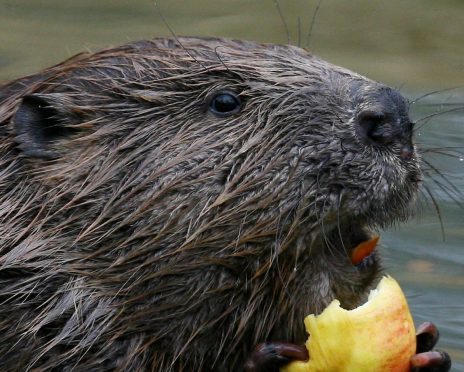A leading conservation charity wants to reintroduce beavers to the northwest Highlands.
Findhorn-based Trees for Life said it has been working for more than 25 years on a plan to bring back the once native species to parts of Scotland.
In November last year, the Scottish government said beavers already reintroduced to Scotland could remain and would be given protected species.
The populations are found in Argyll and Tayside.
The government said the beavers would be allowed to extend their range naturally.
But Trees for Life said the Great Glen, a major geological fault line that features hills and mountains, formed a natural barrier that would prevent beavers from reaching the northwest Highlands.
It hopes to raise £15,000 to help it push ahead with its reintroduction plan, which includes identifying suitable sites for the animals and prepare a formal application for licence to release them.
Alan Watson Featherstone, the charity’s founder, said: “Beavers were a key native species of the Caledonian Forest before being hunted to extinction some 400 years ago.
“We now have an unprecedented opportunity to bring them back.”
Wildlife groups recently said they want more beavers spread to more areas of Scotland.
Among the possible places mooted for more beavers are the two national parks around Loch Lomond and the Cairngorms, as well as Caithness and Sutherland. Eurasian beavers taken from Norway were released at Knapdale in Argyll in 2009. An illegally-released population had also been discovered in Tayside.
Both groups will be allowed to expand naturally but will be managed to protect farmers and land owners.
Native Scottish beavers were hunted to extinction in the 16th century.
Trees for Life previously said that it plans to move ahead with investigating the possibilities for bringing beavers to areas north of the Great Glen.
But it stressed, only where they are “welcome.”
It will work with local communities to identify where they might live “without perceived adverse impacts.”
